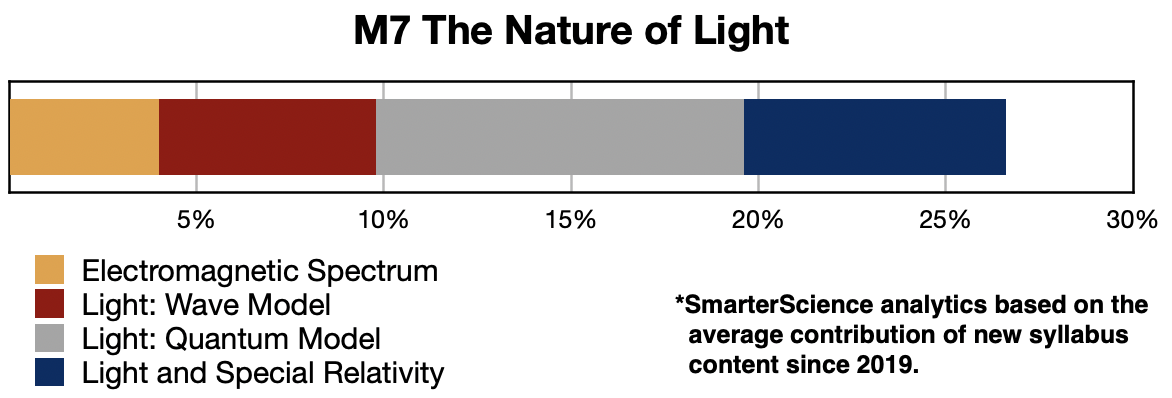HISTORICAL CONTRIBUTION
- M7 Infectious Diseases has contributed an average of 24.4% per HSC Biology exam since the new syllabus was introduced in 2019.
- This topic has been split into three sub-categories for analysis purposes which are: 1-Causes of Infectious Diseases (8.5%), 2-Immunity and Responses to Pathogens (4.9%) and 3-Prevention, Treatment and Control (11.0%).
- This analysis looks at the sub-topic, Causes of Infectious Diseases.
HSC ANALYSIS - What to expect and common pitfalls
- Classifying Pathogens is an extremely important topic area that has attracted high-mark longer answer questions in every new syllabus exam in the period 2019-23. Identifying and distinguishing pathogens using a limited description of their features has proven very challenging for a majority of students (see 2020 HSC 32b and 2019 HSC 33d).
- Indirect Transmission, Direct Transmission and Vectors has also been tested three times in the extended response section, most recently in 2022 (review 2019 HSC 31).
- The works of Louis Pasteur and Robert Koch have been tested in 3 of the last 4 exams and need to be well understood. Important revision must involve efficiently referencing their findings into broad questions looking at causes and transmission of infectious diseases.
- Microbial Tests have been examined in the multiple choice section in 4 of the last 6 years (most recently in 2023). We note that the syllabus states that students must be able to "design" a practical investigation in this topic area (yet to be tested).
- Effects on agricultural production from infectious diseases on plants was examined for the first time in 2024 HSC 26. Recommended revision should also address infectious diseases of animals in the same context.
